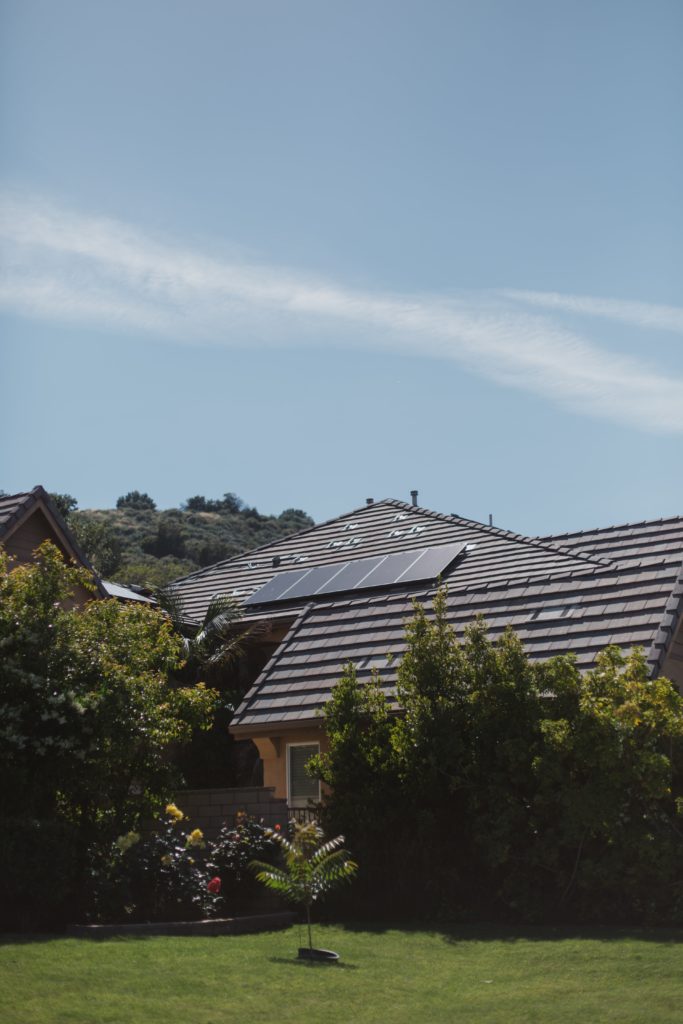My partner and I just finished installing solar panels onto our house a few months ago. When we moved to Colorado and got a house, we saw a good majority of our neighbors with solar panels on their roofs. I’ve always wanted to choose solar or some other form of clean energy for my home. So I was so excited when I came across a promotion at the 2019 VegFest in Denver! We’ve had solar panels for about three months now, and I’m loving it. Our house gets full sun exposure all day, so we really get a good amount of solar energy. If our panels generate more energy than our house can use, it flows back into the city grid, and other people get to benefit from the clean power. If we consistently create too much power than the city credits us back at the end of the year.
The only downside we’re experiencing is that our solar panels create so much power during the day, and we’re not at home using any of it during the day. So it’s constantly just flowing into the city’s power grid since we’re not at home to use it. However, we use most of our electricity during the night. If we had a battery we could store the power our panels generate during the day and use it at night. However, batteries are expensive. A researcher at UC Davis has tackled this problem head-on and is testing out “anti-solar” panels. These panels would generate energy at night, making expensive batteries a thing of the past.
Jeremy Munday, a professor of electrical and computer engineering at the University of California- Davis, has been building panels that can continue working past dusk. His research was recently published over at ACS Publications. Although he’s still in the prototype stage, the panels are working. Regular solar panels work by being cold sheets that point up at a very hot object, the sun, and converting the heat into energy. Munday’s “anti-solar” panels work in reverse by heating up and pointing at the cool night sky. This heat would emit infrared light, which would generate an electric current between the panels and the sky. “The current and voltage go in the opposite direction, but you still generate power,” Munday explains.
What is important to keep in mind as this technology spreads is the source of the heat. Munday is hoping that his panels would use waste heat from factories. However, if Munday’s invention catches on, it easy to see how companies would instead just use fossil fuels to heat up the panels rather than reusing heat due to the possible complications that could arise from trying to source the heat back to the residential areas. If the technology is used with the intended set-up, this will create carbon neutrality for the industrial sector.
At this time, Munday is still working on perfecting his panels. Although the physics is the same and the panels are in fact generating power, Munday’s anti-solar panels are only producing 50 watts of energy per square meter. This is only a fourth of what regular solar panels generate for the same area. This means at the current state of the panels, you would need to install four times as many on your roof which is not always feasible depending on the size of the house and the access to the open sky. This is extremely exciting research that has the potential to help in areas that have prolonged periods of dark skies, such as Alaska, and all over the world during the winter months. The anti-solar panels would allow for clean alternate energy all year round, no matter where in the world you are.
Also by Iga: Giant Air Filter Tower In China Is Working—But Is It Enough?
Get more like this—Subscribe to our daily inspirational newsletter for exclusive content!
__
Photo: Vivint Solar on Unsplash





